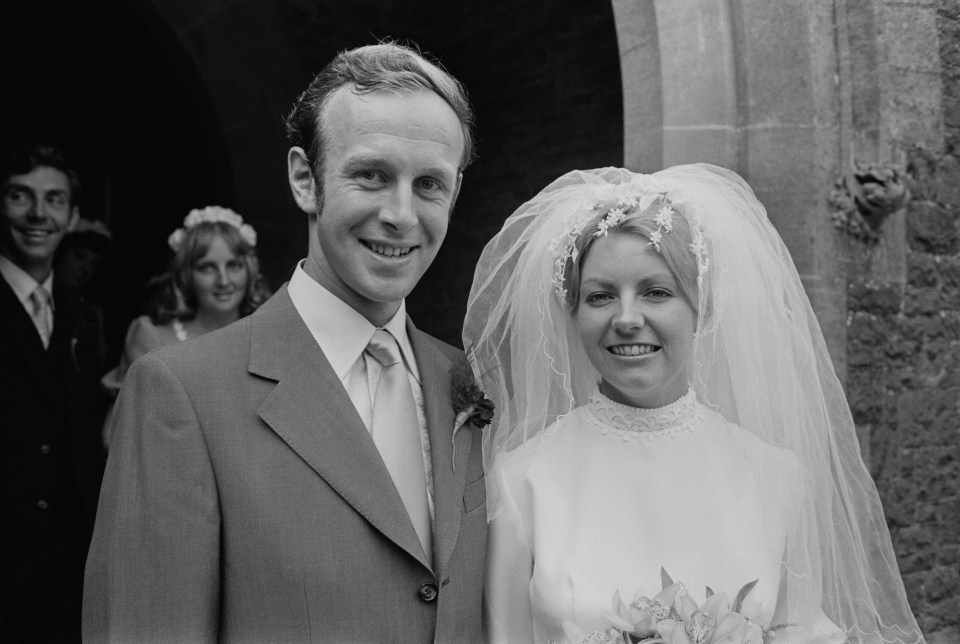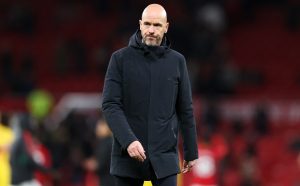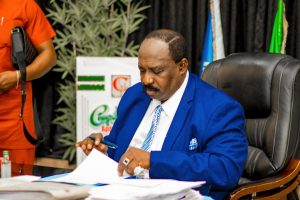Who was England cricket legend Derek Underwood’s wife Dawn and did they have any children?

ENGLAND’S greatest spin bowler Derek Underwood has sadly passed away at the age of 78.
However, he leaves behind more than just a cricketing legacy. Here’s what we know about his family.
GettyThe English international cricketer was married to Dawn Sullivan[/caption]
Who was England cricket legend Derek Underwood’s wife Dawn?
Derek Leslie Underwood MBE married Dawn Sullivan on October 8, 1973.
According to sources, the couple met through friends in Kent.
His wife appears to maintain a low-key profile and is not very active on social media.
Hence details about Dawn’s career and current whereabouts remain little to none.
The pair reportedly separated, and Derek was known to have been in a relationship after his marriage.
The Times reported that Brian Luckhurst, one of Underwood’s Kent and England colleagues, once remarked that the only man his own wife would leave him for was Derek.
Did they have any children?
The Kent cricket player has two kids, Fiona and Heather, with Dawn.
According to her X bio, Fiona Simmons is a qualified dietitian.
She is a touch rugby fan who enjoys tweeting her views and retweeting posts mentioning her father.
Fiona is a wife and a special needs mum.
She once organised a fundraiser to help Hazeloak Special School buy a new minibus and raised £260.
Heather is also married with children but little is known about her as well.
Who was England legend Derek Underwood?
Derek was born in Bromley Maternity Hospital, Kent, on June 8, 1945.
His early days were reportedly spent watching his father, a right-arm medium pace bowler, play for Farnborough Cricket Club.
His older brother Keith also happened to play at the club.
In 1963, Derek began playing county cricket for Kent, making his first-class debut against Yorkshire aged 17.
He took 100 wickets in his debut first-class season in 1963 – becoming the youngest bowler to do so.
By the time he was 25 years old, he was a first-class bowler and took his 1,000th first-class wicket in 1971.
GettyDerek Underwood finished up a three-time County Championship winner[/caption]
His national career ended when he went on the rebel tour to South Africa, finishing his Test career with 297 wickets.
The tour was in defiance of the sporting ban against the apartheid state.
As a result, he and the other rebels were banned from international cricket for three years.
Derek continued to turn out for Kent for several seasons and finished up a three-time County Championship winner, including the 1970 title which ended a 57-year wait.
Then in 1981, he scored his first and only first-class century at the age of 39.
He went on to take 100 wickets in a season a further nine times.
The sports veteran ended up staying at Kent for 24 years for the whole of his first-class career.
The sportsman finally retired aged 42, taking a total of 2,465 first-class wickets in 676 matches.
PADerek became Marylebone Cricket Club president in 2008[/caption]
Appointed as an MBE in 1981, Wisden Cricket named him in a XI of England’s greatest post-war cricketers in 2004.
The English international cricketer became President of the Marylebone Cricket Club (MCC) in 2008.
However, he was still regarded as one of the best bowlers in Test cricket.
Hence he earned the nickname “Deadly” for his often unplayable on seaming English wickets.
Derek was then inducted into the ICC Cricket Hall of Fame in 2009.
He died from complications of dementia at the age of 78 on April 15, 2024.
Following his passing, Kent chair Simon Phillip said: “Watching Derek weave his unique magic on a wet wicket was a privilege for all who were able to witness it. His induction into the ICC Hall of Fame shows the esteem in which he was held in world cricket.”
Derek Underwood’s Career Highlights
DEREK Underwood is a legendary figure in cricket thanks to his exploits with England and Kent.
The spinner earned the nickname ‘Deadly’ thanks to the havoc he used to wreak on wet pitches.
There was even a saying that England would carry Underwood “like an umbrella in case of rain”.
Although he was listed as a slow left-armer, he often bowled at medium pace with unerring accuracy and boasted a lethal inswinging arm ball.
Underwood took 296 wickets in 86 Tests for England and was ranked the world’s No1 bowler from September 1969 to August 1973.
He retired in 1987 at the age of 42 having taken almost 2,500 wickets.
Appointed as an MBE in 1981, Wisden named him in a XI of England’s greatest post-war cricketers in 2004.
Underwood was one of six English cricketers to feature in World Series Cricket and also went on the rebel tour of South Africa.






